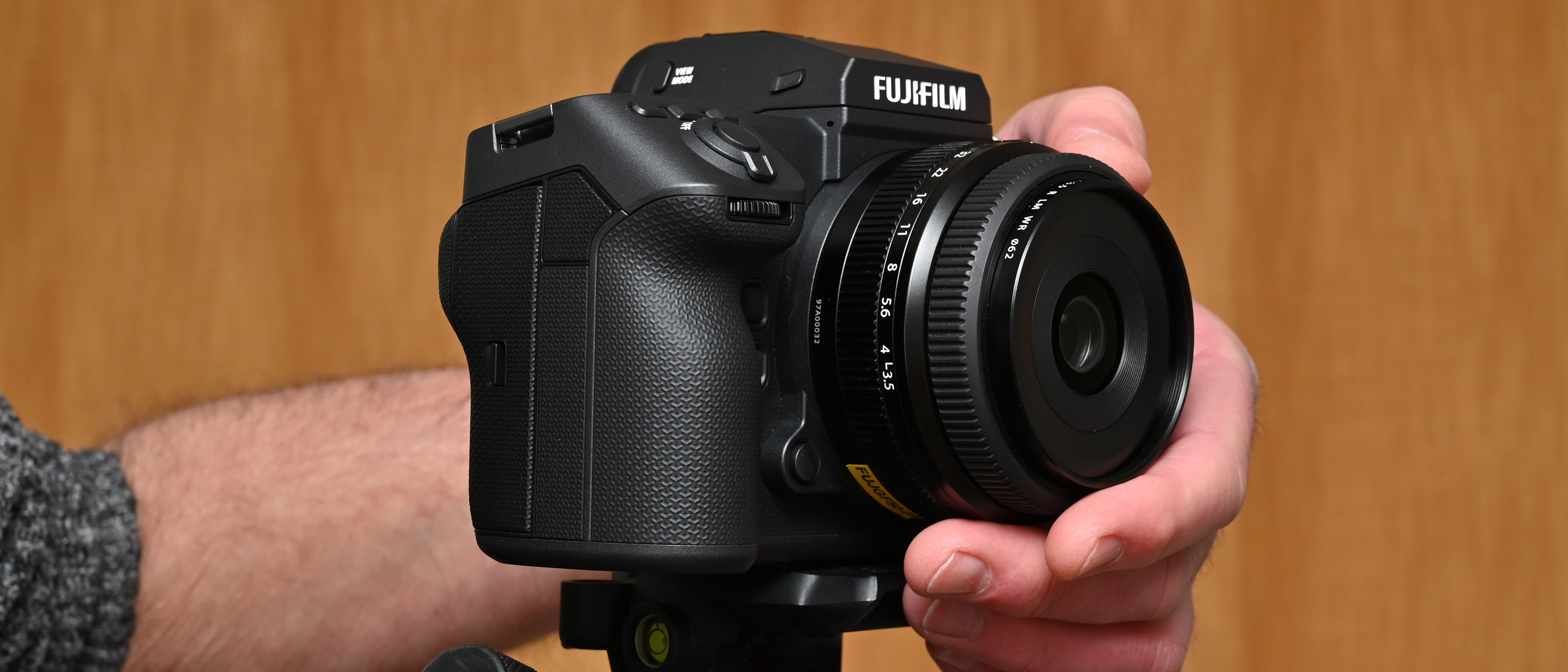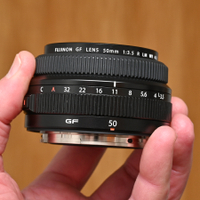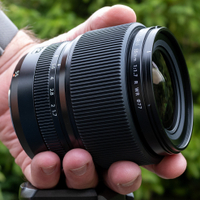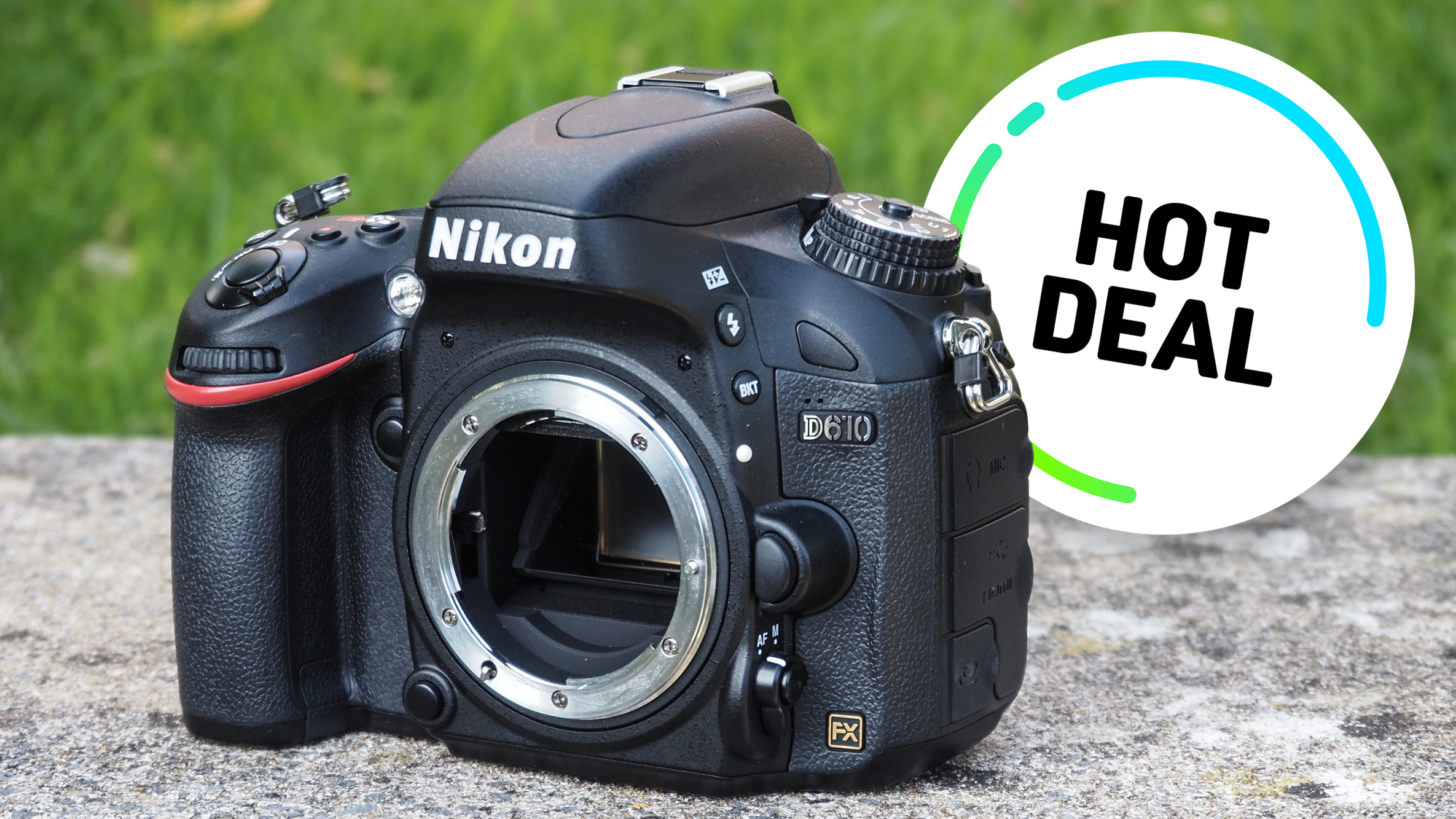Digital Camera World Verdict
I like that the Fujifilm GF 63mm F2.8 R WR gives an entirely natural perspective on medium format GFX system cameras, equivalent to using a 50mm lens on a full-frame body. Image quality is absolutely fabulous and it’s quite lightweight and affordable for a medium format prime, although the autofocus system isn’t entirely to my taste.
Pros
- +
Terrific image quality
- +
Strong weather-sealed construction
- +
Aperture control ring
Cons
- -
Extending inner barrel
- -
Autofocus is audible
- -
No aperture de-click option
Why you can trust Digital Camera World
I’ve become a big fan of Fujifilm GF lenses and the whole GFX medium format system. A ‘nifty fifty’ for full-frame cameras is often seen as the most essential prime lens. Taking the larger medium format image sensor into account, this 63mm lens gives the same field of view, and an entirely natural perspective. Depth of field is tighter due to the longer ‘actual’ focal length of the 63mm lens and, to me, it feels very similar to shooting with a 50mm f/1.8 lens on a full-frame camera. As such, it aims to take its place in the line-up of best Fujifilm GF lenses and be a perfect match for the best Fujifilm cameras like the Fujifilm GFX 100 II and Fujifilm GFX 50S II.
One of my absolute favorite GF lenses is the Fujifilm GF 55mm F1.7 R WR, but the GF 63mm is little more than half the weight and only costs about two-thirds as much to buy. Unless I’m feeling really desperate for the bigger GF 55mm lens’s faster aperture, the GF 63mm looks like a more manageable and affordable proposition.
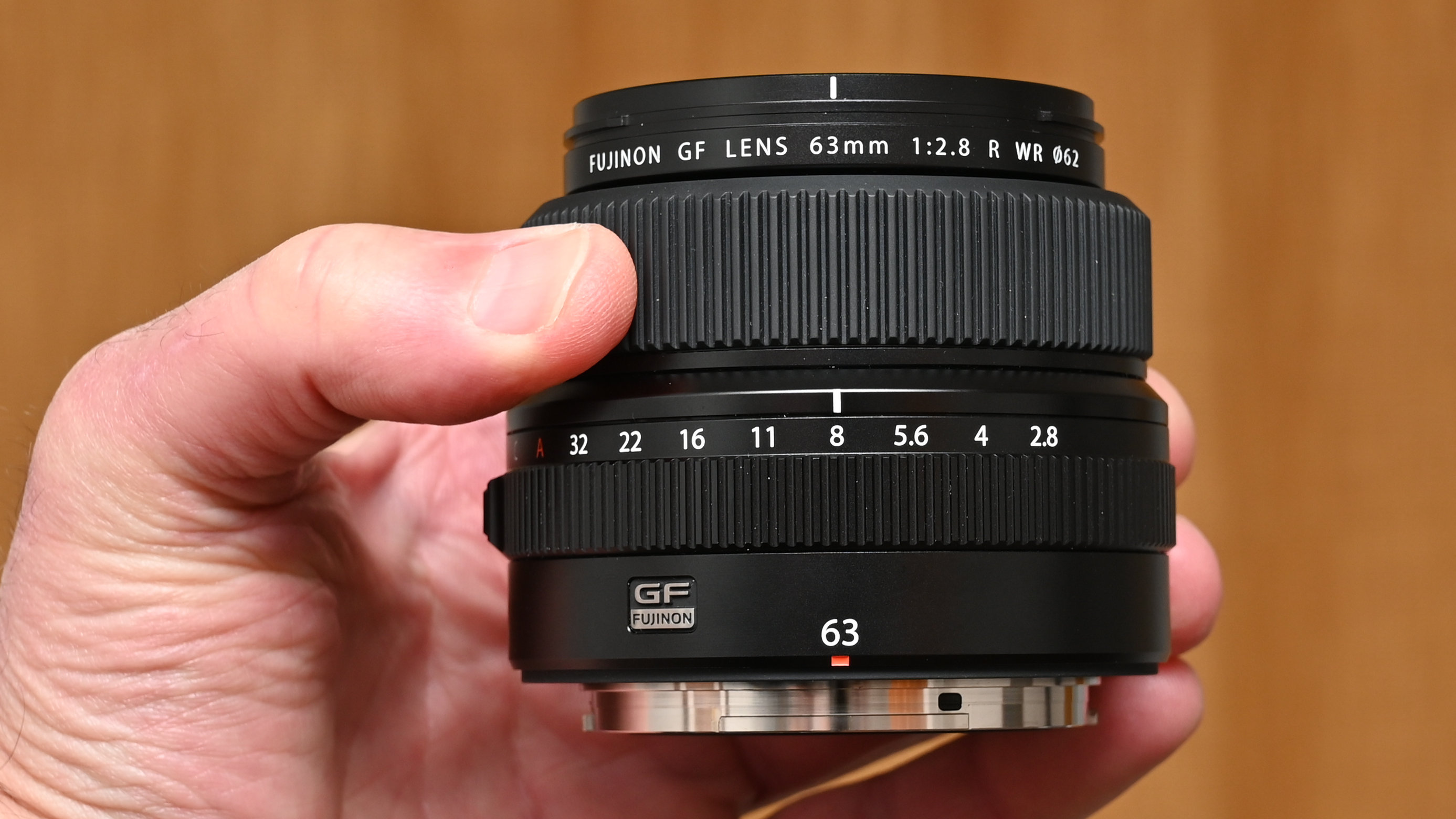
Fujifilm GF 63mm F2.8 R WR: Specifications
| Mount options | Fujifilm G |
| Lens construction | 10 elements in 8 groups |
| Angle of view | 46.9 degrees |
| Diaphragm blades | 9 |
| Minimum aperture | f/32 |
| Minimum focus distance | 0.5m |
| Maximum magnification | 0.17x |
| Filter size | 62mm |
| Dimensions | 84x71mm |
| Weight | 405g |
Fujifilm GF 63mm F2.8 R WR: Price & availability
Available from retailers around the world who fly the Fujifilm flag, the GF 63mm costs around $1,499 / £1,359 / AU$2,399. That’s a fair bit less than for top-end primes like the Fujifilm GF 23mm F4 R LM WR ($2,599 / £2,389 / AU$3,999) and Fujifilm GF 55mm F1.7 R WR ($2,299 / £2,249 / AU$3,899) but the lens still costs around 50 percent more than the Fujinon GF 50mm F3.5 R LM WR ($999 / £949 / AU$1,649). Let’s take a closer look at what you get for your money.
Fujifilm GF 63mm F2.8 R WR: Design & Handling
For me, an upside of the not-massively-fast f/2.8 aperture rating is that the GF 63mm is reasonably compact and lightweight, at least for a medium format lens. By way of comparison, the Fujifilm GF 55mm F1.7 R WR measures 95x99mm and weighs in at 780g. This GF 63mm is 84x71mm and just 405g. Even so, it’s more sizeable than the Fujifilm GF 50mm F3.5 R LM WR, at 84x48mm and 335g. To my mind, the GF 63mm is perhaps an ideal compromise in terms of size, weight and aperture brightness.
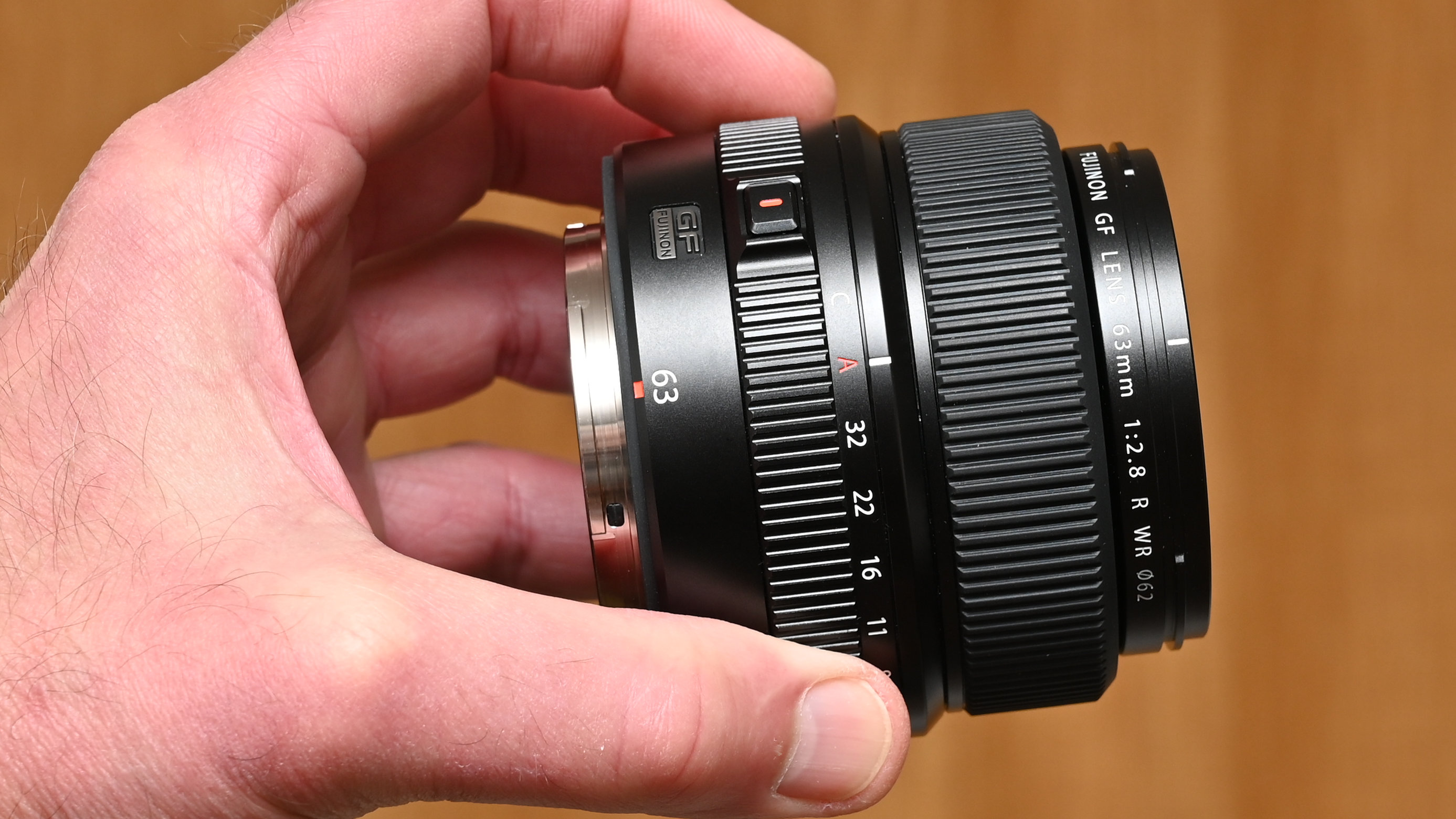
One slight disappointment is that, unlike the other lenses that I’ve mentioned, the GF 63mm doesn’t have an internal focusing mechanism. As soon as you start decreasing the focus distance from its infinity setting, an inner barrel starts to extent. At least it doesn’t also rotate during extension, which would make it tricky to use filters like circular polarizers and ND grads. In practice, the main disadvantage is that autofocus feels a little slower than in most GF lenses and I found it to be clearly audible when shooting in a quiet indoor environment.
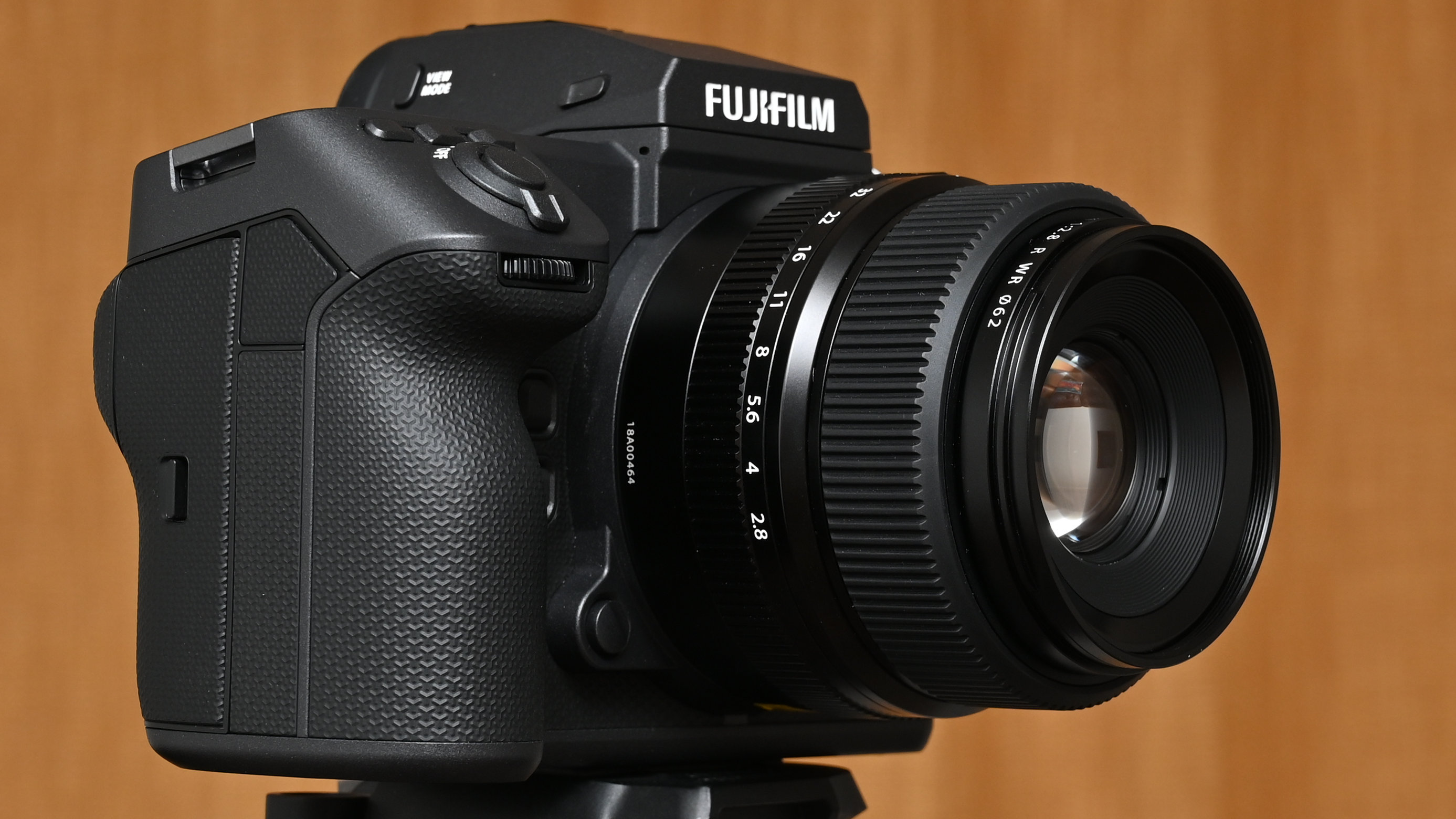
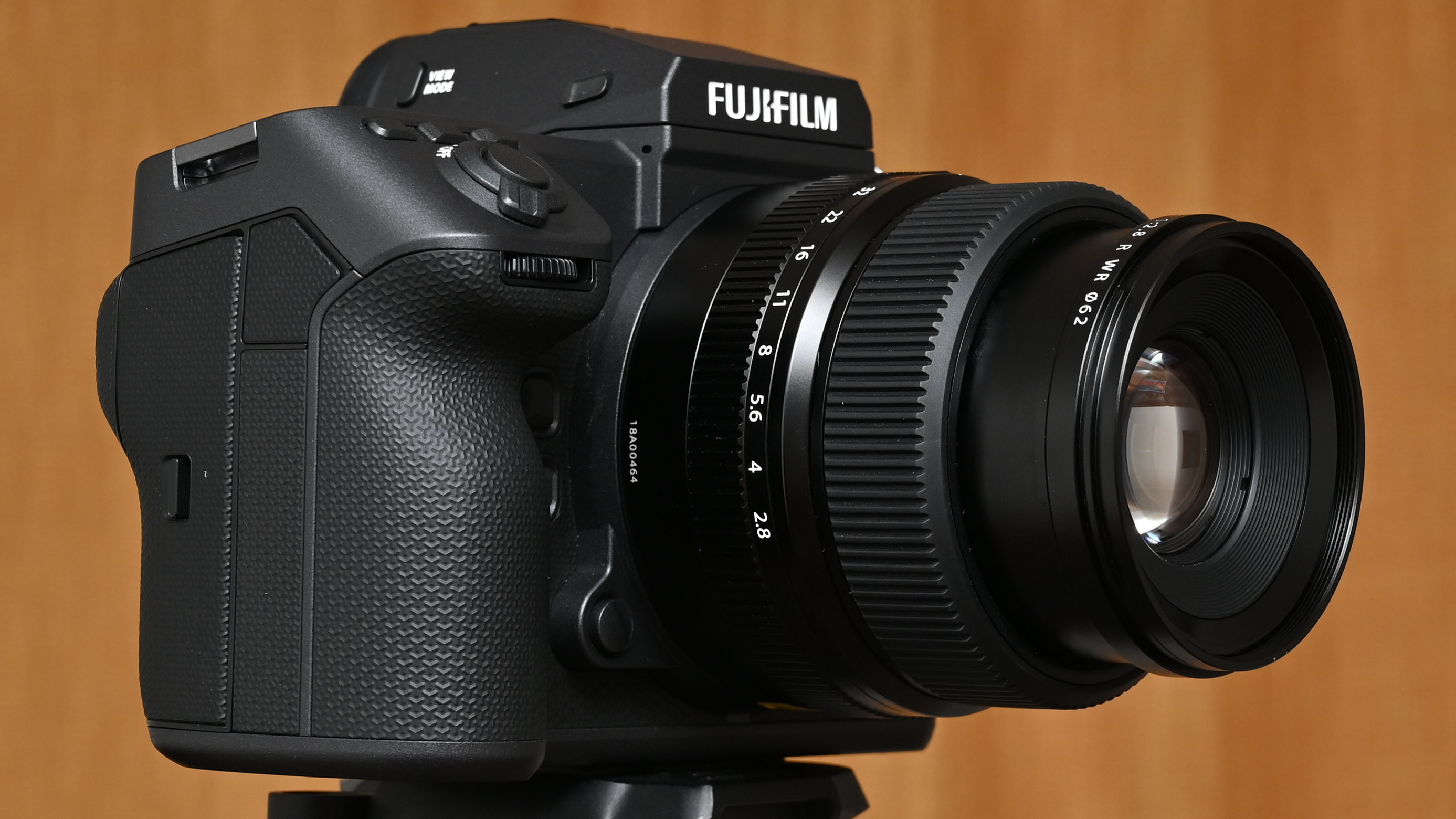
Other facets of handling and build quality feel very much in keeping with the rest of the GF lens line-up. I find the usual inclusion of an aperture control ring useful. It follows suit with one-third f/stop click steps, from wide-open down to the narrowest aperture of f/32, although there’s also typically no de-click option for shooting video. The usual A and C positions are included for Auto (the aperture value is set by the camera body automatically) and Command (the aperture is set by the camera’s command dial). An aperture ring lock release button avoids any risk of nudging the ring from its A or C positions inadvertently.
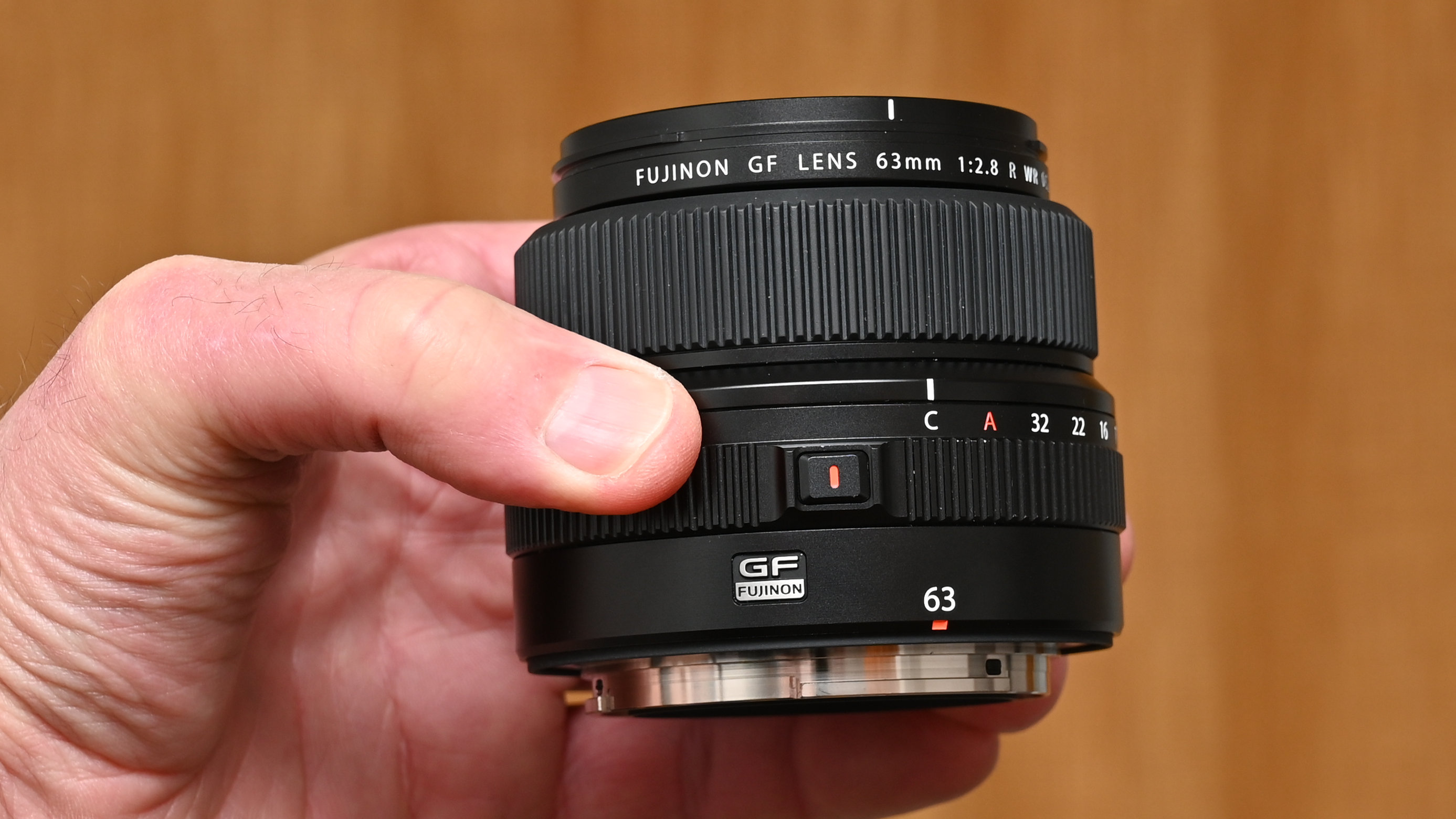
The filter attachment thread of 62mm is the same size as in the GF 50mm lens but, unlike that one, the GF 63mm comes with a regular bayonet-fit hood, rather than a screw-in type, which I find easier to use and doesn’t impact on the use of filters. As I’ve come to expect in GF lenses, there’s an extensive set of weather-seals. A fluorine coating is also applied to the front element, which repels moisture and greasy fingermarks.
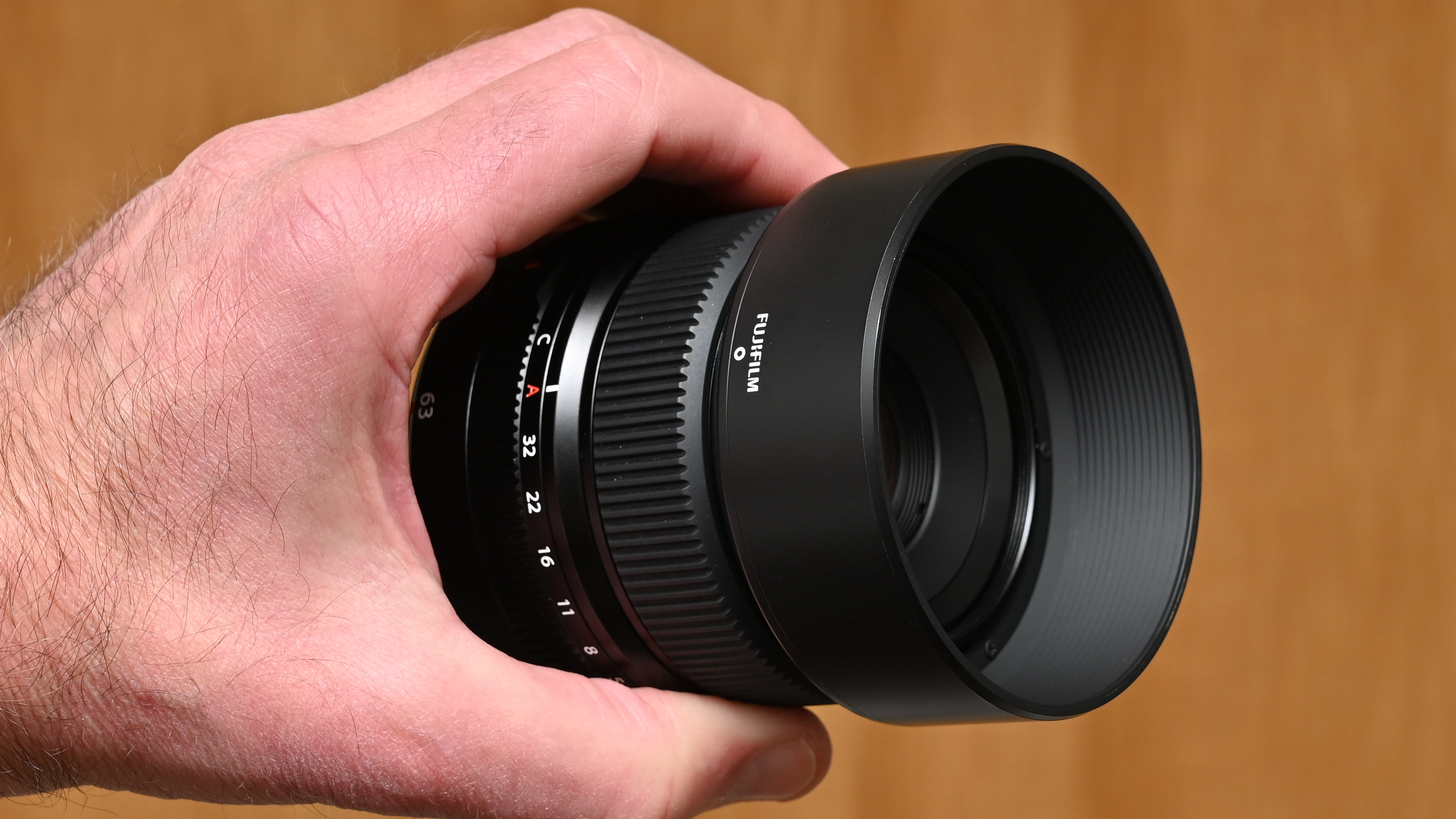
Fujifilm GF 63mm F2.8 R WR: Photo Performance
Boosted by the inclusion of an ED (Extra-low Dispersion) element, the GF 63mm delivers excellent sharpness and clarity, along with negligible color fringing. I tested the lens with the Fujifilm GFX 100 II and found that corner-to-corner sharpness did full justice to the camera body’s high-res 102 megapixel image sensor. In laboratory conditions, we found that the GF 63mm edged ahead of the GF 50mm F3.5 for sharpness, especially towards the edges of the frame, but in real-world conditions, there’s not much difference to see. Color fringing is actually even less of an issue than in the much pricier GF 55mm F1.7 lens, which also exhibits excellent control over this aberration.
The GF 63mm is the worst of the three lenses for barrel distortion but, even when uncorrected, it’s hard to spot in most real-world shooting scenarios – even if you’re taking architectural shots with lots of straight lines in terms of walls, windows and the like. All in all, photo quality is up to the typical dizzying heights of the GF lens line-up.
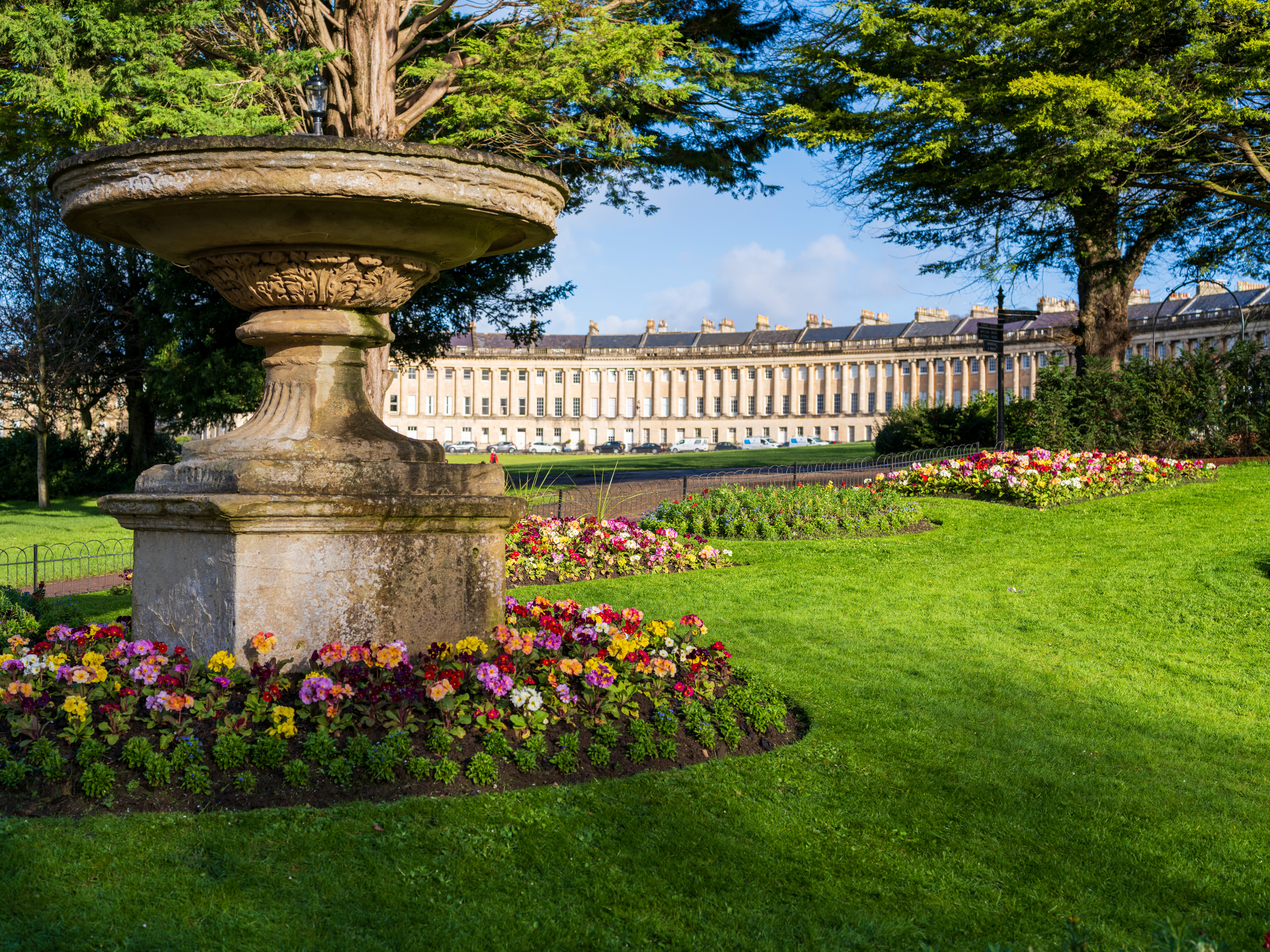
Fujifilm GF 63mm F2.8 R WR: Sample Images
This gallery of sample images was taken in the English city of Bath and at ‘The Newt’ in Somerset.
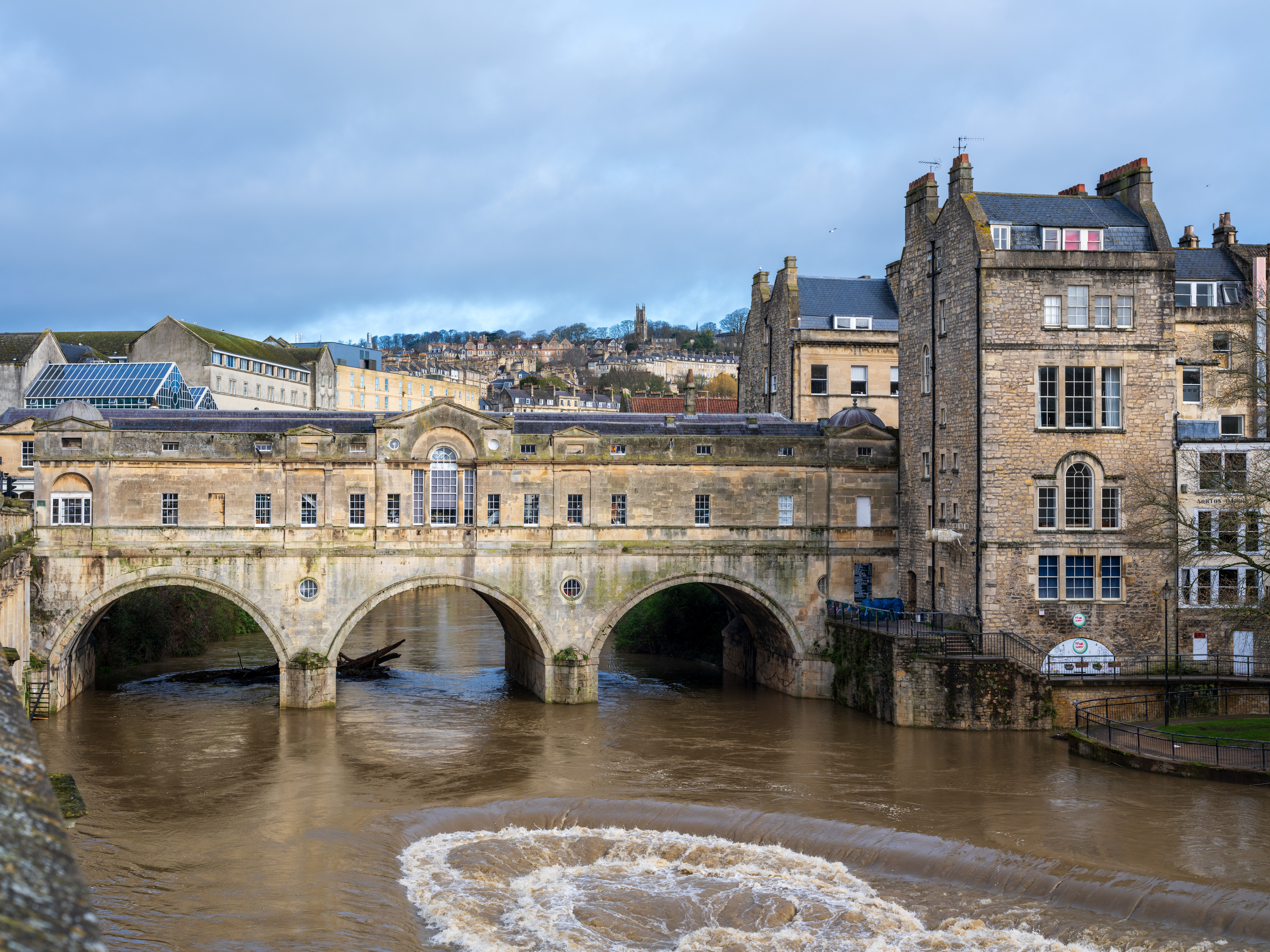
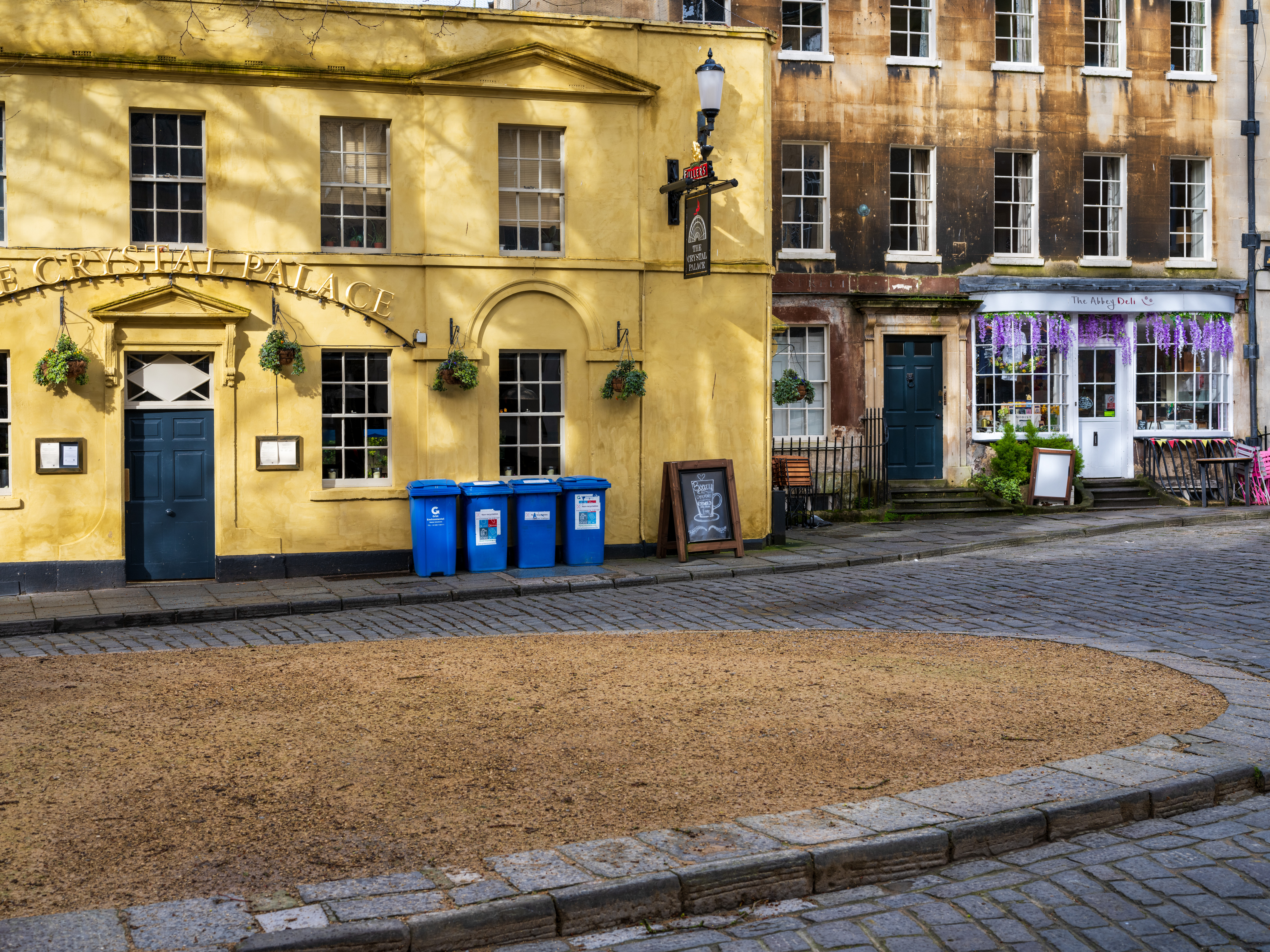
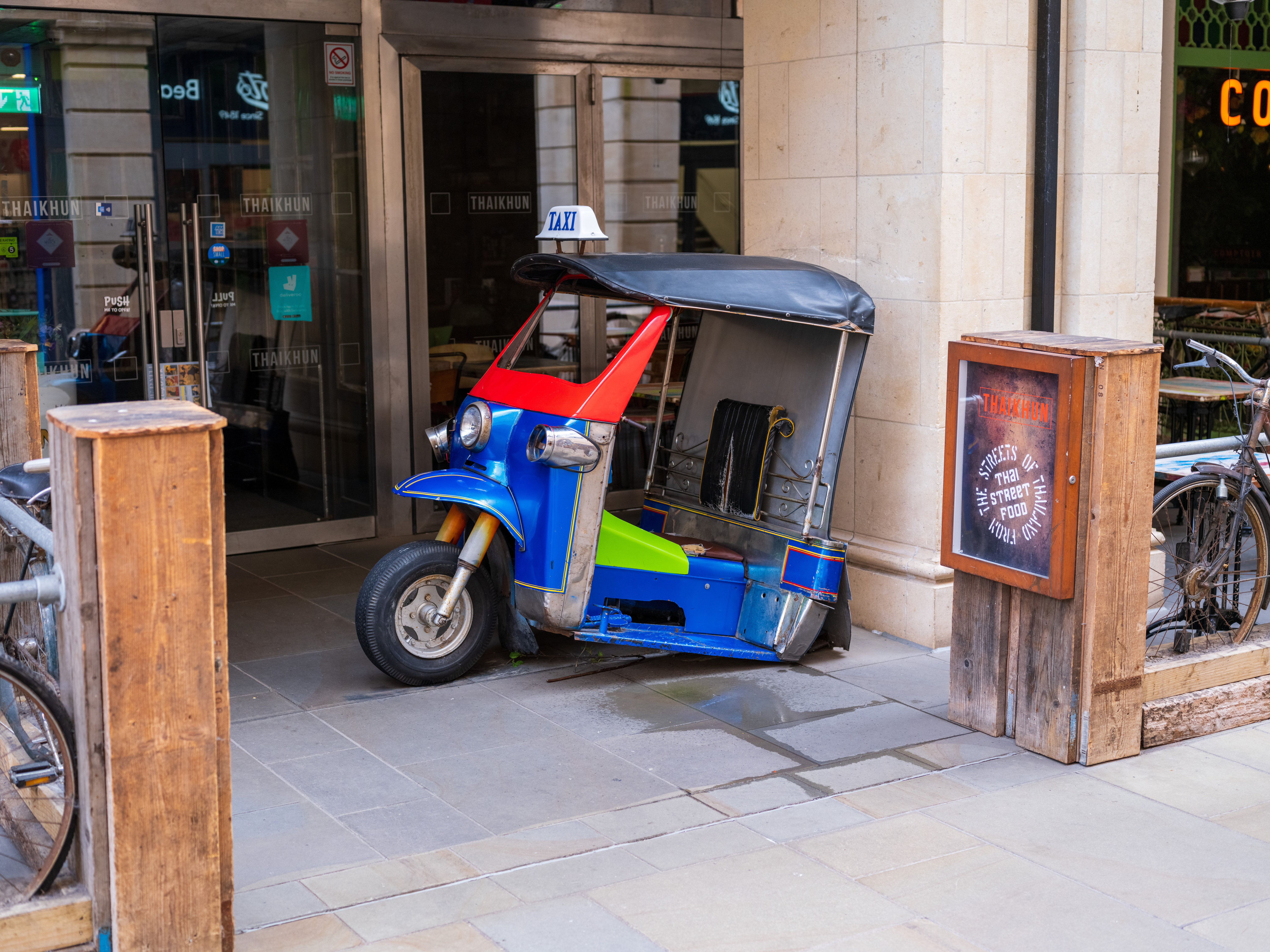
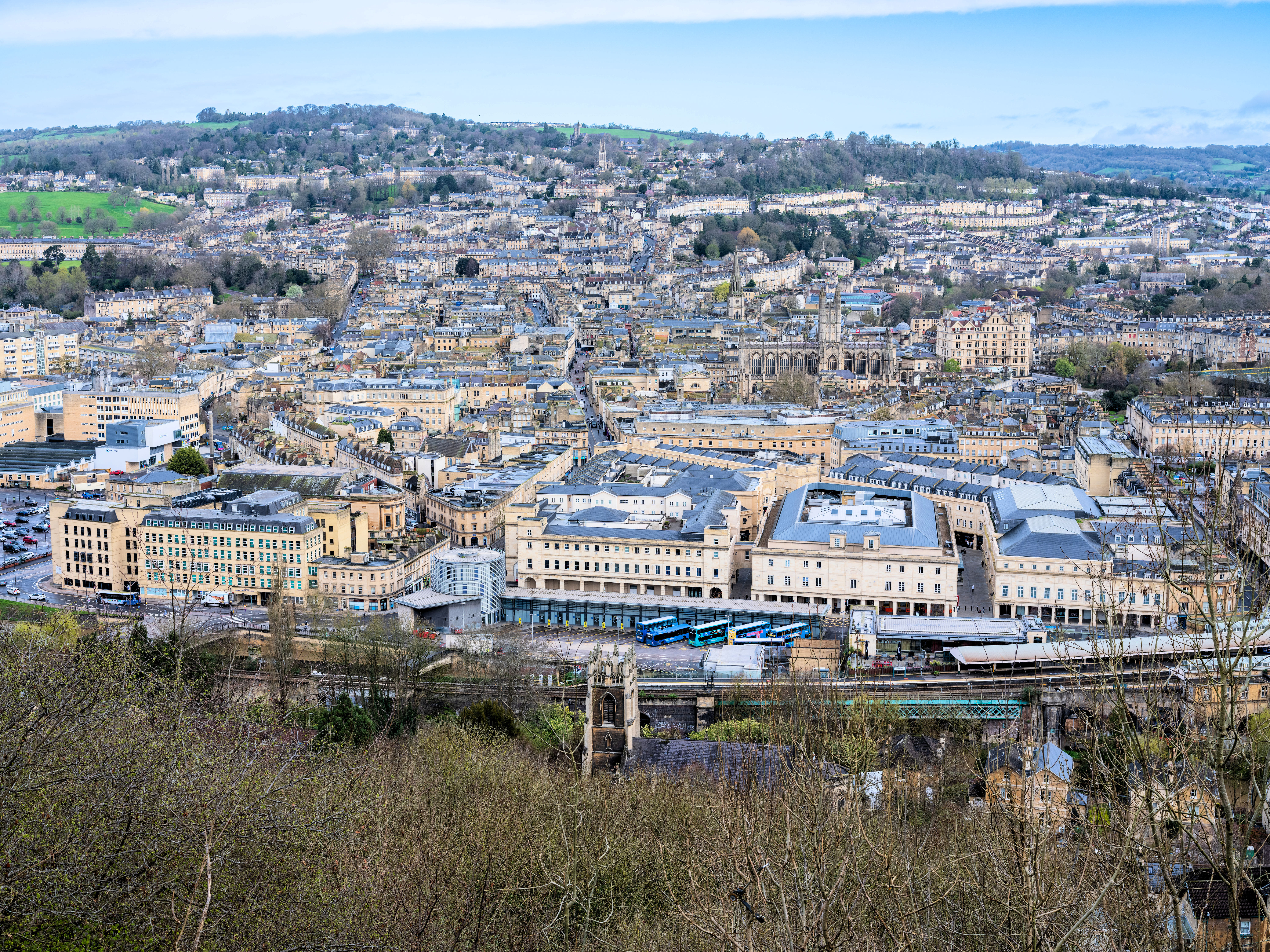
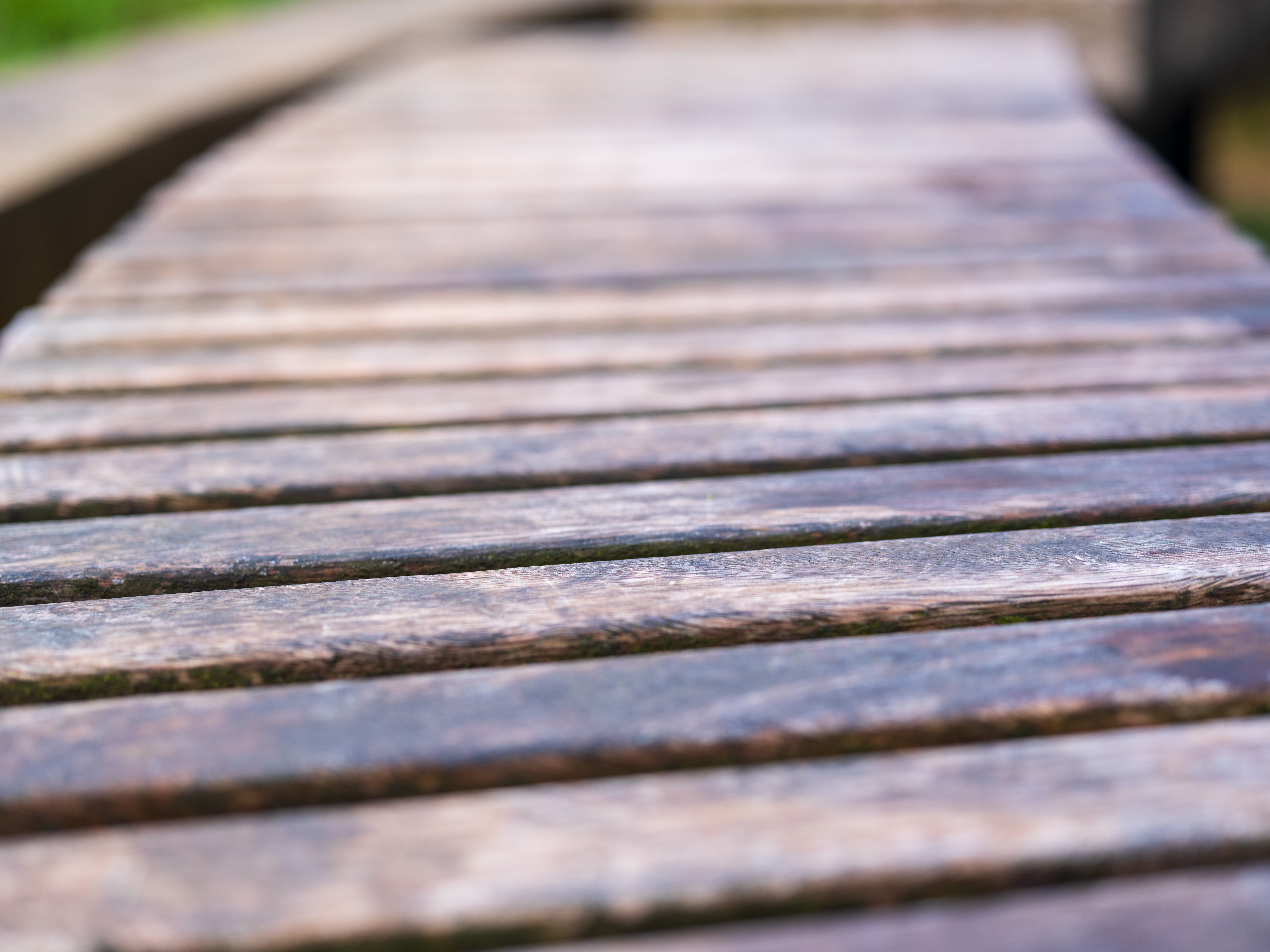

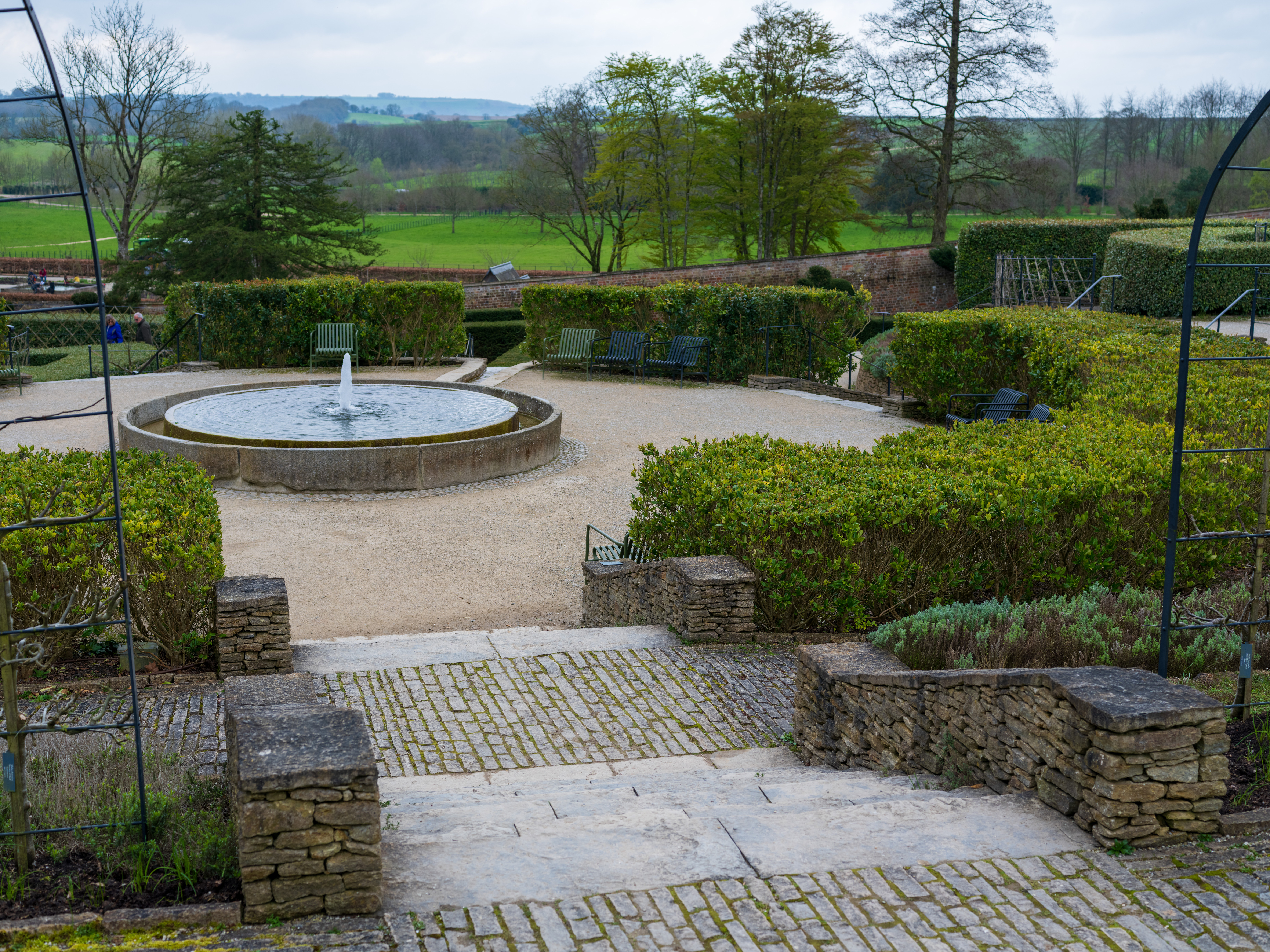
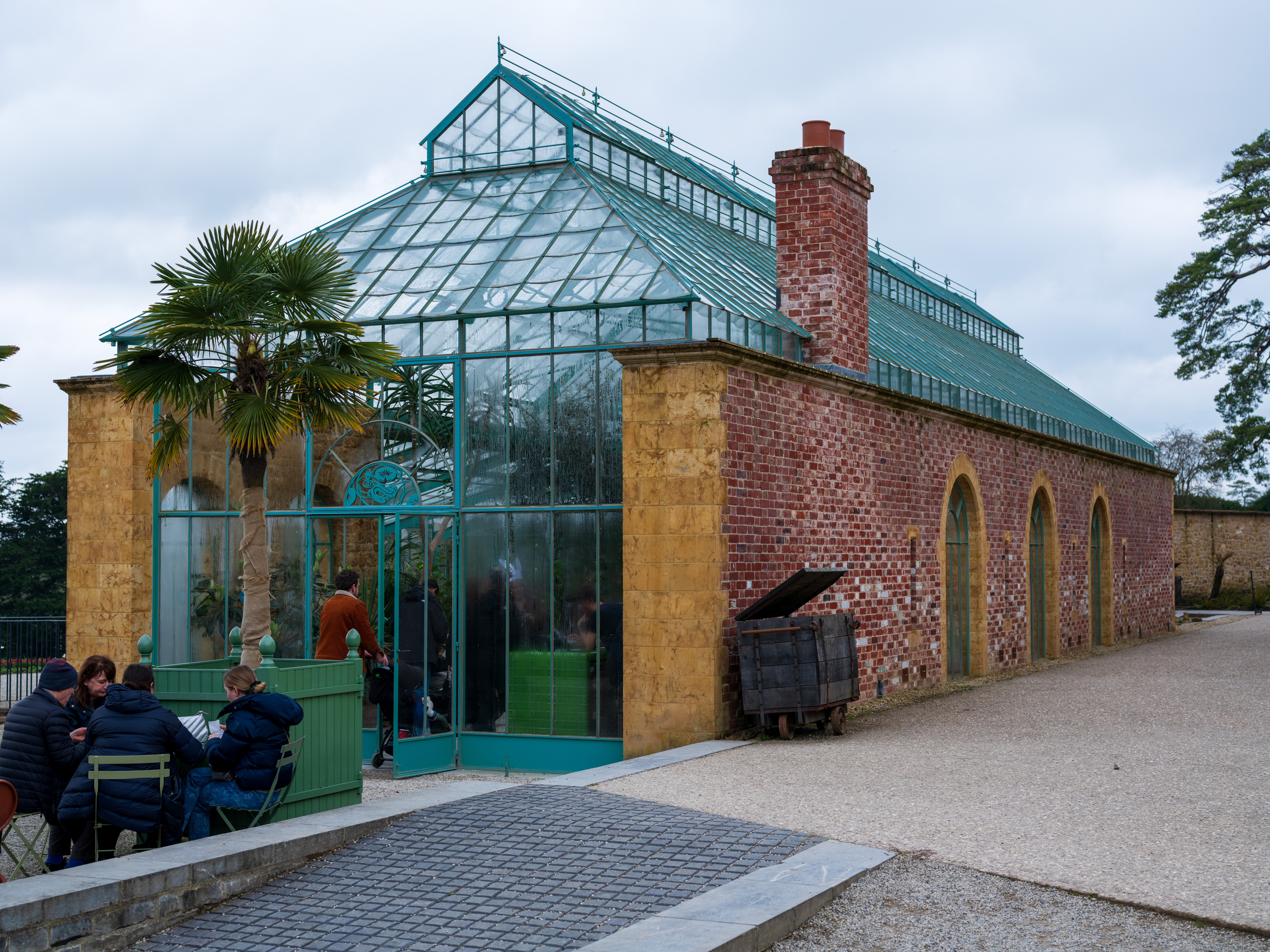

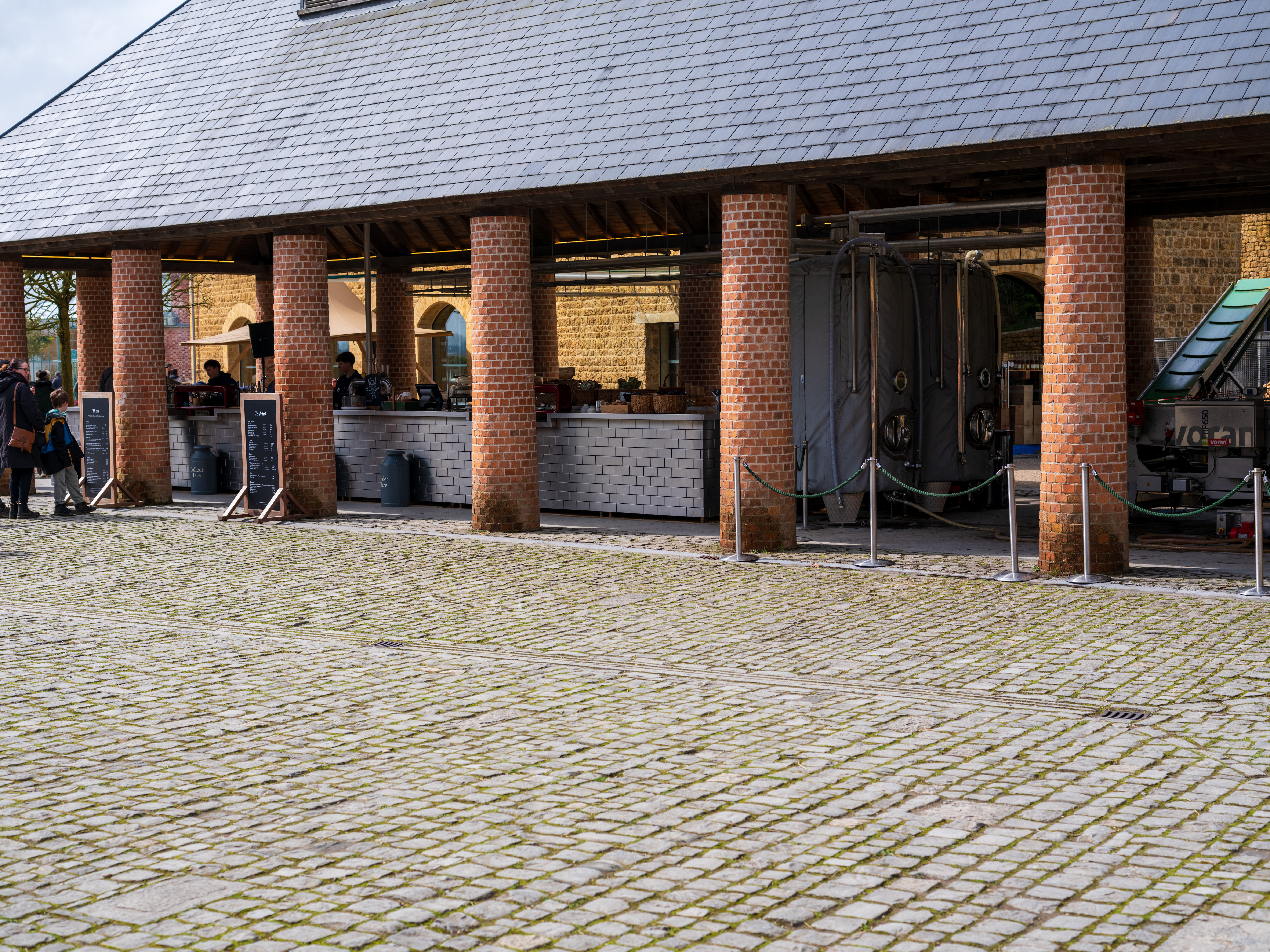


Fujifilm GF 63mm F2.8 R WR: Lab Results
We run a range of lab tests under controlled conditions, using the Imatest Master testing suite. Photos of test charts are taken across the range of apertures and zooms (where available), then analyzed for sharpness, distortion and chromatic aberrations.
We use Imatest SFR (spatial frequency response) charts and analysis software to plot lens resolution at the center of the image frame, corners and mid-point distances, across the range of aperture settings and, with zoom lenses, at four different focal lengths. The tests also measure distortion and color fringing (chromatic aberration).
Sharpness:
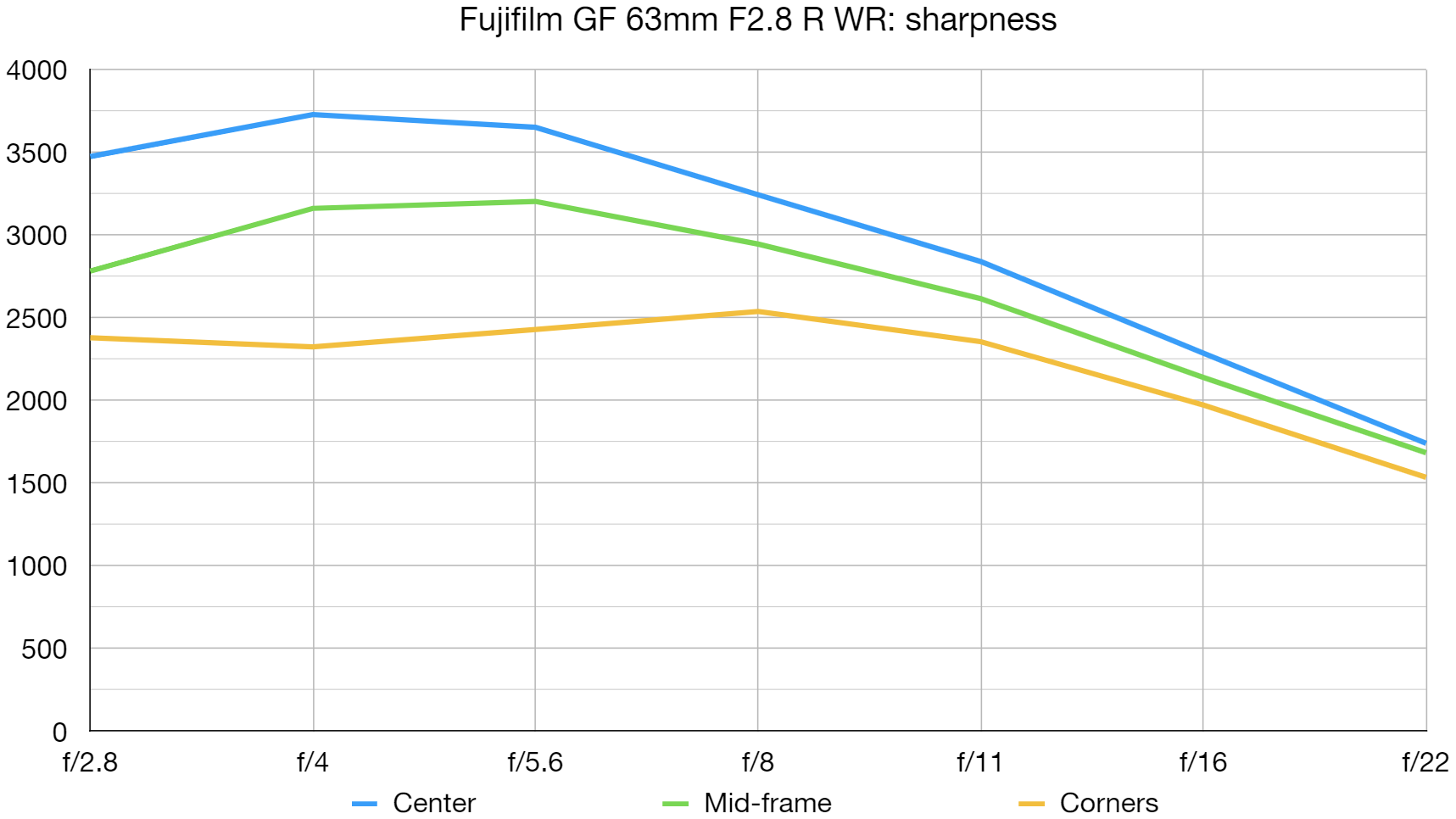
Levels of sharpness are absolutely scintillating across the whole image frame, from edge to edge and corner to corner, even when shooting wide-open at f/2.8. They remain that way right through to f/16, with a slight drop off at f/22-32 due to diffraction, as fully expected.
Fringing:
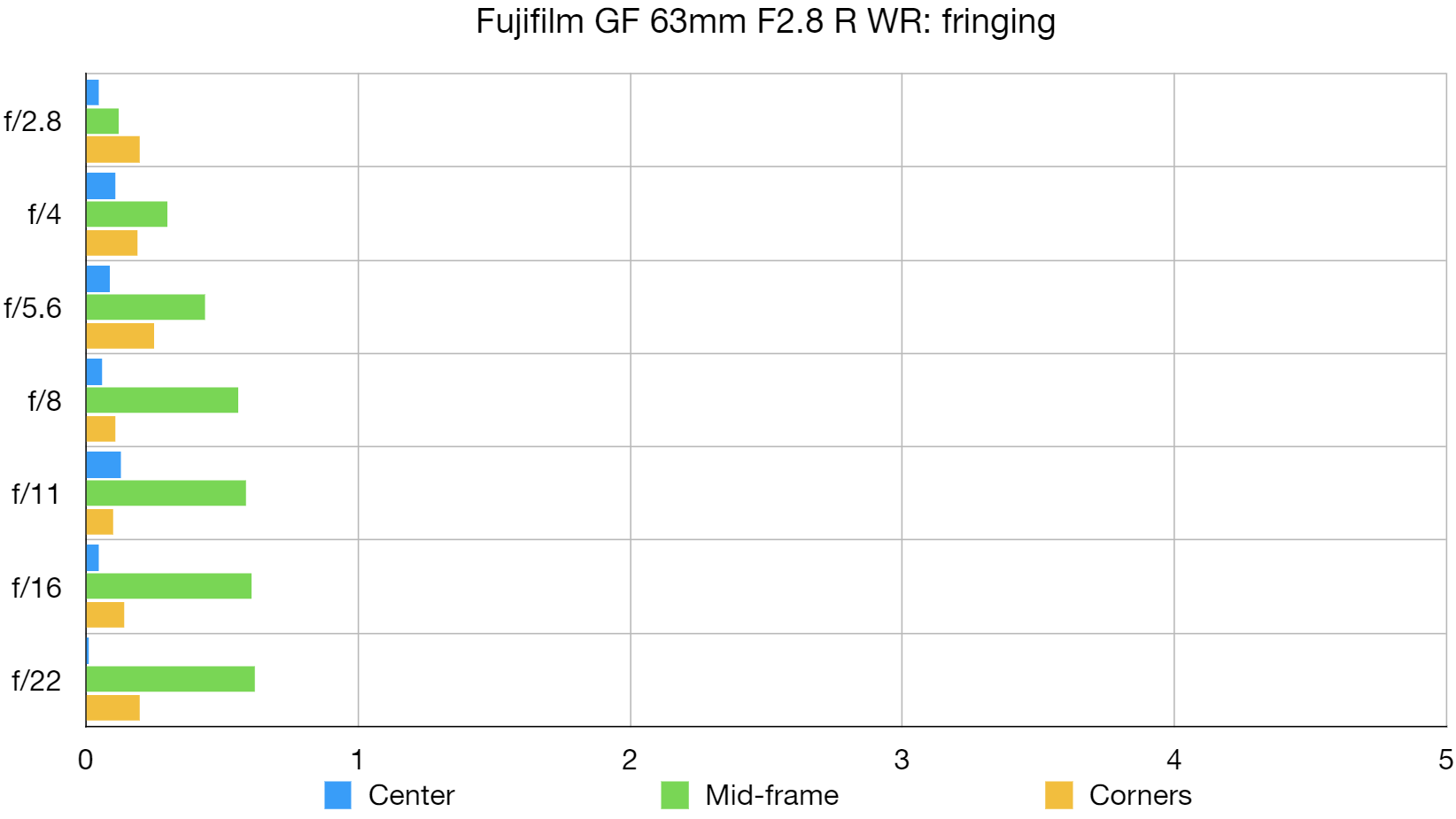
Color fringing is basically a non-issue, right out to the extreme edges and corners of the image frame.
Distortion: -1.96
There’s a little barrel distortion but it’s of a very uniform nature and easily corrected if and when you feel the need.
Fujifilm GF 63mm F2.8 R WR: Verdict
With arguably the most natural perspective in photography, the medium format GF 63mm equates to using a 50mm lens on a full-frame camera. The f/2.8 aperture might sound less than ‘fast’ but, coupled with the longer ‘actual’ rather than ‘effective’ focal length, I found the lens was able to deliver a tight depth of field when I wanted it. For my money, the lens is reasonably priced for a medium format optic and while I’m not overly keen on the extending inner barrel at shorter focus distances, it’s certainly not a deal-breaker. In many respects, the GF 63mm is an ideal compromise, taking size, weight, performance and price into consideration.
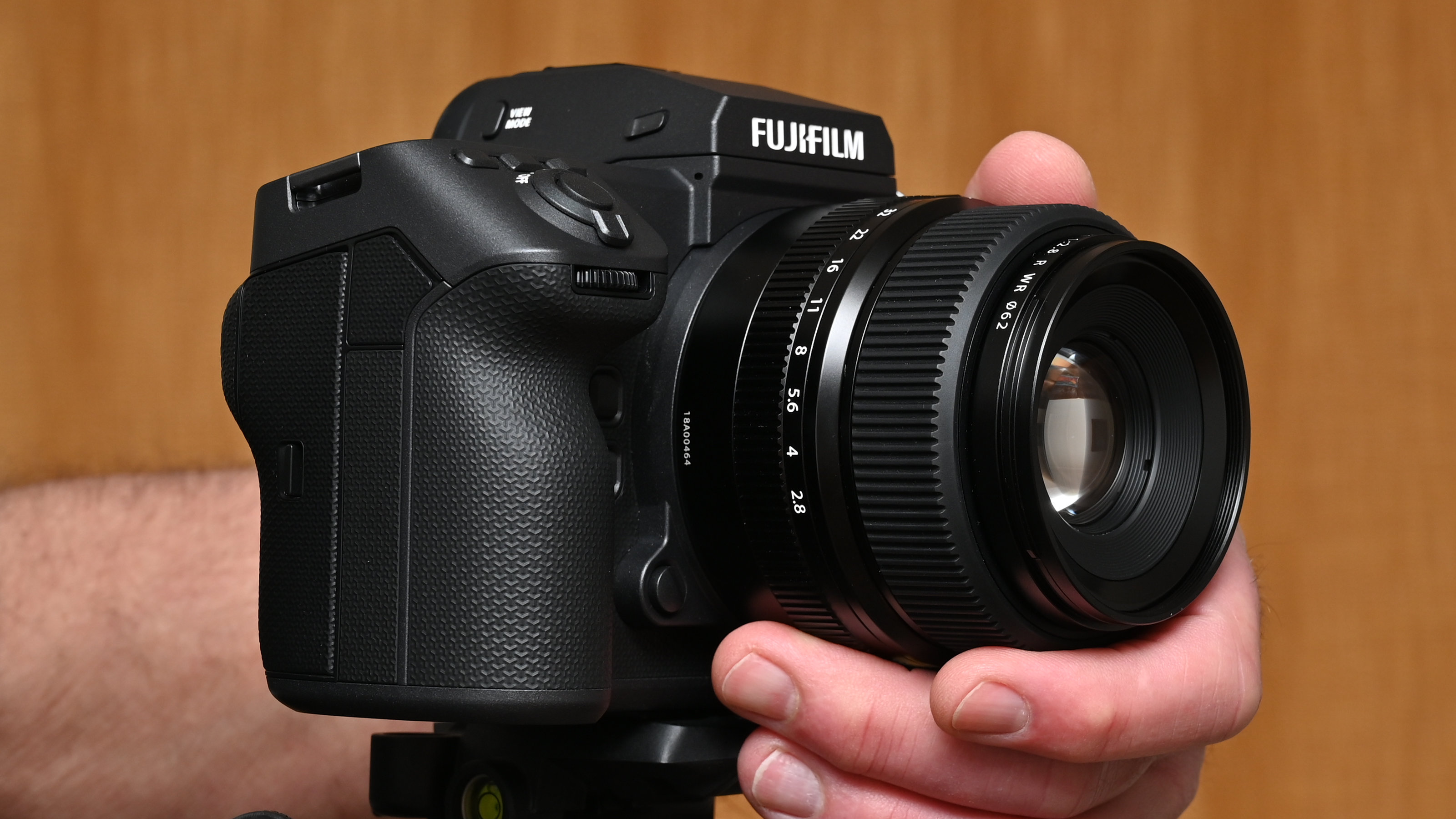
Should you buy the Fujifilm GF 63mm F2.8 R WR?
✅ Buy this...
- Natural ‘50mm’ equivalent perspective
- Fairly compact and lightweight
- Superb optical performance
🚫 Don't buy this...
- Audible autofocus might be an issue
- Extending inner barrel during focusing
- No de-click option for aperture ring
Alternatives
The Fujifilm GF 50mm F3.5 R LM WR gives a versatile 40mm ‘full-frame effective’ focal length that you might find more useful. And the lens is particularly compact and lightweight for a medium-format optic.
The Fujifilm GF 55mm F1.7 R WR only has a slightly longer focal length than the GF 50mm but a much faster aperture rating, enabling you to freeze action more easily and gain a really tight depth of field.
Matthew Richards is a photographer and journalist who has spent years using and reviewing all manner of photo gear. He is Digital Camera World's principal lens reviewer – and has tested more primes and zooms than most people have had hot dinners!
His expertise with equipment doesn’t end there, though. He is also an encyclopedia when it comes to all manner of cameras, camera holsters and bags, flashguns, tripods and heads, printers, papers and inks, and just about anything imaging-related.
In an earlier life he was a broadcast engineer at the BBC, as well as a former editor of PC Guide.
